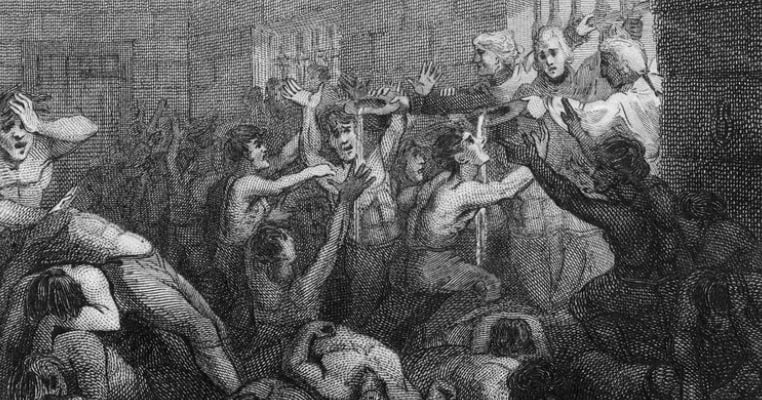
5. The English used the Bastille in Paris as a prison in the fifteenth century
The Bastille – formally the Bastille Saint-Antoine – was like many prisons of the past originally built as a fortress as part of the defenses of Paris. By the early fifteenth century it was used to imprison those afoul of the law or the mood of certain members of the nobility. When the English captured the Bastille in 1420 they garrisoned the fortress and expanded its use as a prison facility, creating cells on the upper floors rather than just confining prisoners to the dungeons. In the mid seventeenth century the Bastille became a prison in its entirety and grew the reputation of being one of the most oppressive and harsh prisons in France. It was a reputation not entirely deserved.
For the most part prisoners in the Bastille were treated well by the time of Louis XIV, able to furnish their rooms as they wished if they had the funds to do so. Many of the imprisoned were joined by their families. The Marquis de Sade lived luxuriously in the prison, though Francois Arouet, known by his nom de plume Voltaire, described his time in the Bastille as one of deprivation and harsh treatment by guards. Eventually the Bastille became a standing symbol of the oppression of the monarchy and the nobility, though most of the prisoners through its last two centuries had come from the upper classes. By the time of the storming of the Bastille in July, 1789, only seven inmates were present.

